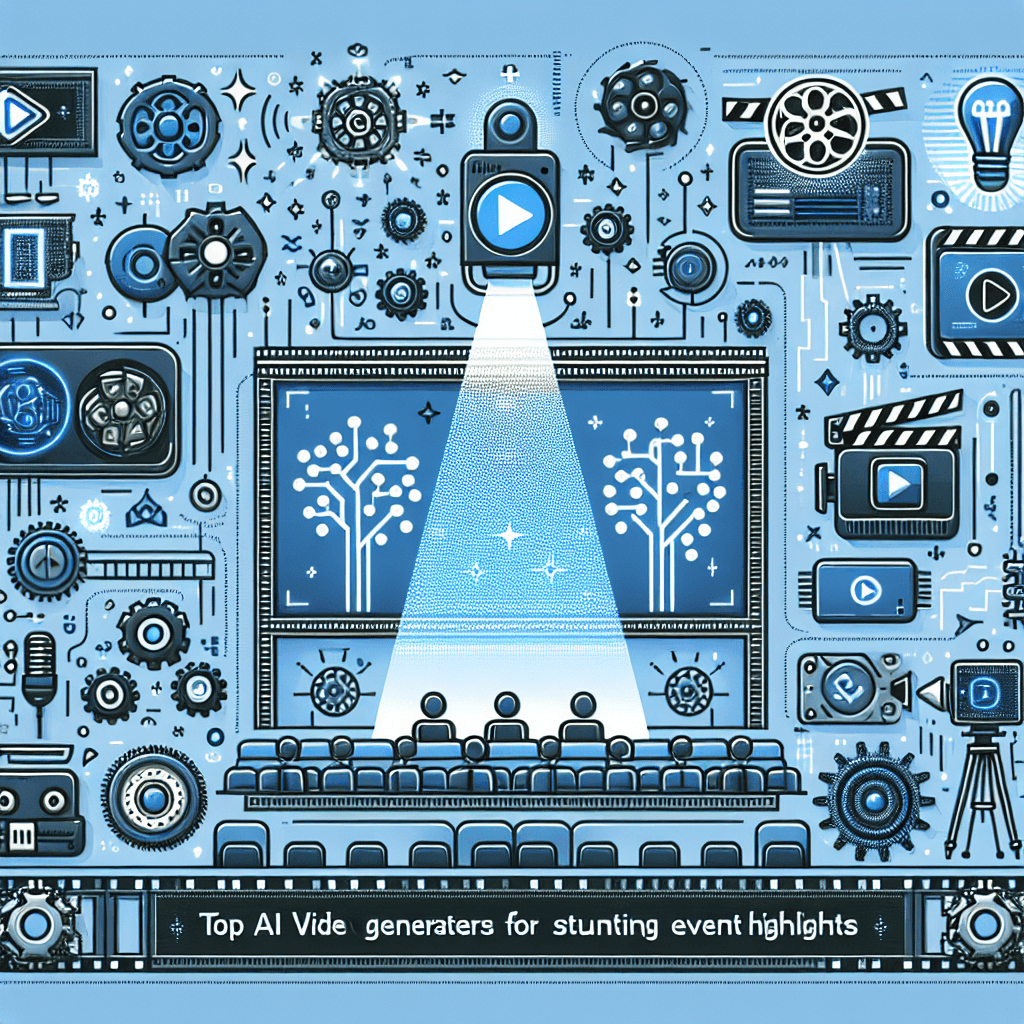The world of training and education is evolving rapidly, with advances in technology continually reshaping the landscape. Among these advancements, the integration of Artificial Intelligence (AI) and Virtual Reality (VR) is creating groundbreaking opportunities for immersive learning experiences. In this article, we will delve into the top AI tools that are revolutionizing virtual reality training, examining how these technologies enhance educational effectiveness and engagement.
The Convergence of AI and VR in Education
In recent years, the amalgamation of AI and VR has redefined how training is conducted across various sectors, including healthcare, military, and corporate environments. AI enhances virtual reality by providing personalized, adaptive learning experiences that react in real-time to user interactions. This synergy allows for a level of immersion and engagement that traditional training methods simply cannot achieve.
Enhanced Learning Through Immersion
What sets AI-driven VR training apart is its capacity to immerse learners in realistic environments. For instance, healthcare professionals can practice surgical procedures in a virtual operating room, enabling them to hone their skills in a risk-free environment. Realistic simulations combined with instantaneous feedback provided by AI algorithms help build confidence and enhance competence.
AI-Powered Analytics for Tailored Learning
Another pivotal aspect of AI tools in VR training is their ability to gather and analyze vast amounts of data. AI engines can track user movements, decision-making patterns, and emotional responses during training sessions. This data enables educators and trainers to create tailored learning paths that address individual weaknesses, thereby improving overall effectiveness. The ability to pinpoint specific issues allows for a more focused approach to enhance skills and knowledge.
Diverse Applications of AI in VR Training
1. Health Sector Training
In the healthcare field, AI-infused VR training tools are changing the way medical professionals learn. Through realistic simulations, practitioners can engage in complex procedures, gaining hands-on training without real-world repercussions. AI not only enhances the realism of these simulations but also assesses the user’s performance, offering instant feedback and suggestions for improvement.
2. Corporate Training
In the corporate world, companies are adopting VR training modules that leverage AI to foster critical soft skills development. For example, simulated negotiation scenarios allow employees to practice and refine their communication and conflict-resolution skills in a lifelike setting. Here, AI tracks the effectiveness of strategies used, suggesting improvements tailored to the individual’s learning style.
3. Military Training
The military is increasingly utilizing AI and VR to prepare personnel for real-world scenarios. Virtual training environments simulate various combat situations, allowing soldiers to apply tactical decision-making in a safe space. AI analyzes the training data, helping commanders understand the efficacy of training programs and adapt them as necessary.
Transforming Traditional Learning Models
The introduction of AI in VR training marks a significant departure from traditional instructional methods. Conventional classroom-based learning often lacks engagement and personalization, leading to limited retention of knowledge. By replacing these outdated models with immersive environments, learners can experience highly realistic training that keeps them motivated and informed.
Users’ Perspectives on AI-Driven VR Training
Feedback from users highlights the effectiveness of these training tools. Trainees report that they feel more engaged and invested when participating in VR training programs. They appreciate the ability to practice skills repetitively until mastery is achieved, all while receiving valuable insights into their performance via AI analytics. The combination of hands-on training and intelligent feedback encourages an environment of continuous improvement.
Issues with Accessibility and Usability
While the benefits of AI-driven VR training are plentiful, challenges remain regarding accessibility and usability. Not all learners have equal access to technology, which can create disparities in training effectiveness. Furthermore, some individuals may find VR experiences overwhelming or disorienting. Developers are now focusing on creating more intuitive interfaces and accommodating varying levels of technological familiarity.
Future Prospects for AI and VR in Training
As these technologies continue evolving, the future of AI and VR training looks promising. Innovations such as facial recognition and emotion tracking are on the horizon, enabling even more personalized experiences. Imagine a training program that adjusts its difficulty based on a user’s stress levels or emotional state, maximizing learning potential.
Collaborative Learning Experiences
In addition, there is a growing movement towards collaborative VR training experiences. Learners from different geographical locations can engage in shared training scenarios, promoting teamwork and communication. AI can facilitate these interactions, ensuring that collaborative efforts are synchronized and effective.
Case Studies Highlighting Success
Several organizations have pioneered the use of AI and VR in their training programs, providing us with insightful case studies:
Accenture has successfully integrated AI and VR to train its employees in a variety of skills. The company reported improved training outcomes and employee satisfaction.
Stanford University employs VR simulations in its medical curriculum, helping students develop critical skills while significantly reducing the risks associated with traditional training methods.
- McKinsey has also utilized these tools for corporate leaders, offering immersive experiences that lead to better decision-making and strategic thinking.
The Role of Ethos in AI Training Tools
As AI tools proliferate, it’s crucial to approach their use with a strong ethical mindset. Developers and organizations must prioritize transparency and accountability in AI algorithms. This ensures that biases are minimized and that training systems are fair and equitable. The ethos surrounding AI in VR training should emphasize trustworthiness, safety, and respect for users’ privacy.
The Importance of Continuous Development
As with any emerging technology, continuous development is paramount. Companies must invest in ongoing research and development to refine AI and VR capabilities further. This commitment to improvement will help ensure that these training tools remain relevant and effective as industries evolve.
Conclusion: A New Era in Training
The fusion of AI and VR technologies has unleashed transformative potential in training and education, creating immersive, effective, and adaptable learning environments. As organizations and institutions embrace these innovations, the future of training looks brighter and more engaging than ever. Emphasizing individualized learning experiences while addressing ethical considerations will be crucial to unlocking the full potential of AI-driven VR tools. As we stand on the brink of a new era in training, it’s clear that the integration of these technologies will shape how future generations learn and develop.








